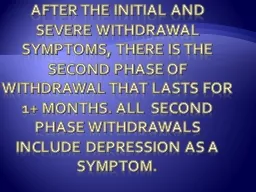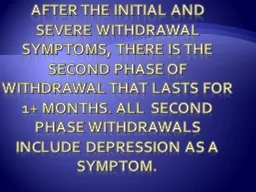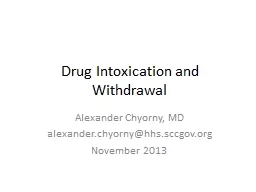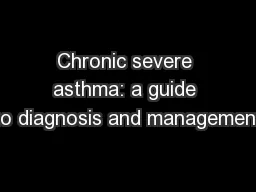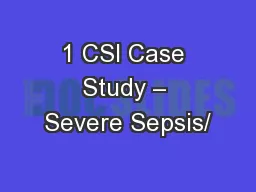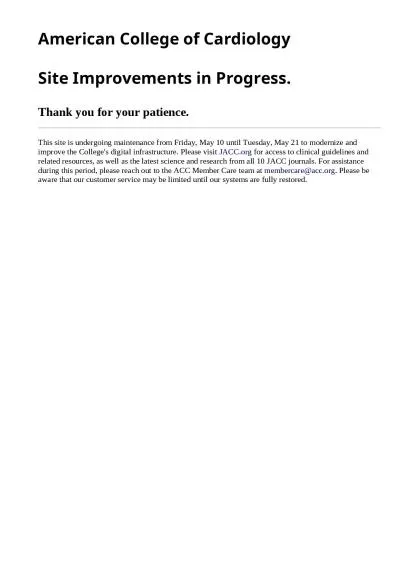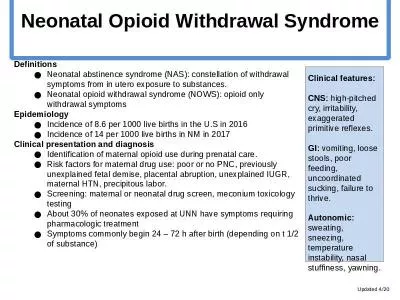PPT-After the initial and severe withdrawal symptoms, there is the second phase of withdrawal
Author : stefany-barnette | Published Date : 2019-03-02
Drug MakeUp Most Common Intake Methods Effects Duration of Effects Withdrawal Symptoms Cigarettes Tobacco nicotine Smoke ingest chew tobacco Calming soothing dizzying
Presentation Embed Code
Download Presentation
Download Presentation The PPT/PDF document "After the initial and severe withdrawal ..." is the property of its rightful owner. Permission is granted to download and print the materials on this website for personal, non-commercial use only, and to display it on your personal computer provided you do not modify the materials and that you retain all copyright notices contained in the materials. By downloading content from our website, you accept the terms of this agreement.
After the initial and severe withdrawal symptoms, there is the second phase of withdrawal: Transcript
Download Rules Of Document
"After the initial and severe withdrawal symptoms, there is the second phase of withdrawal"The content belongs to its owner. You may download and print it for personal use, without modification, and keep all copyright notices. By downloading, you agree to these terms.
Related Documents

